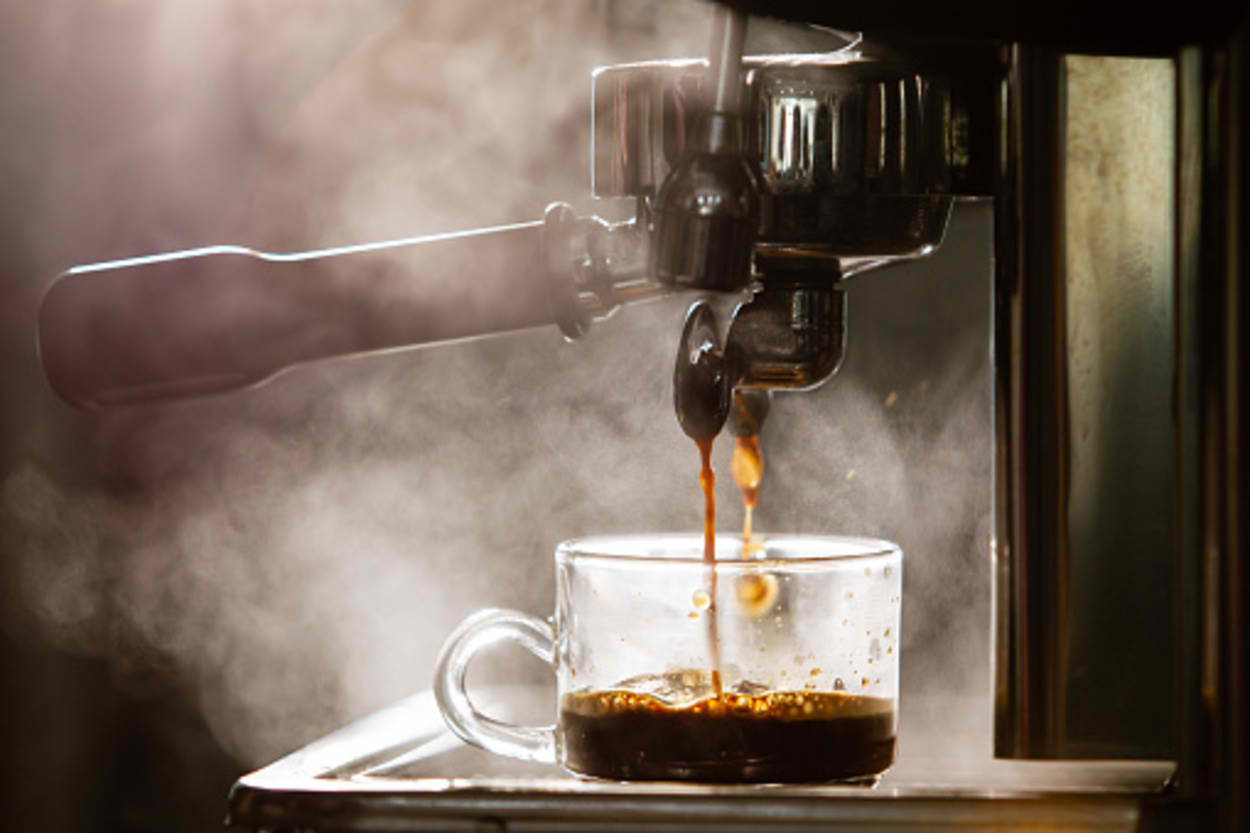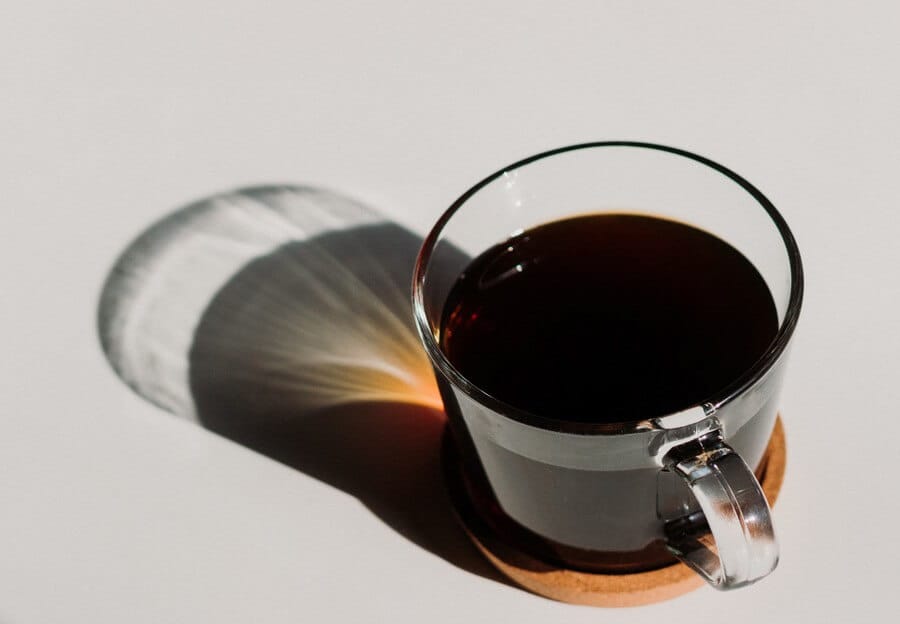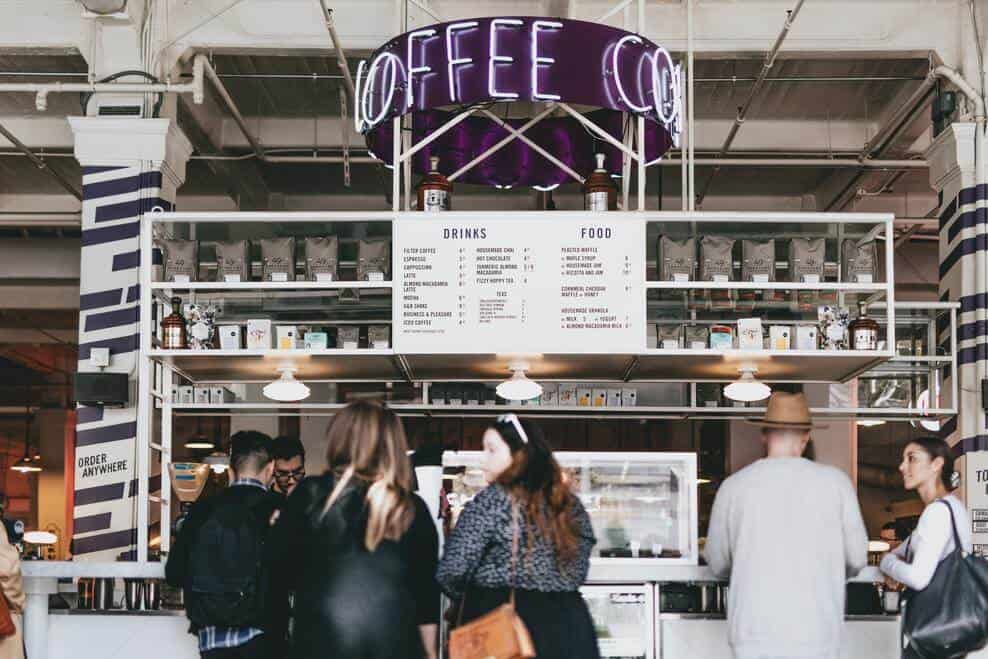Coffee is undoubtedly one of the most widely consumed and second most traded commodities all around the world. The upsurge in the consumption amount of the drink has viably created a social aspect of the drink.
Nowadays people choose the drink not only as a source of quick energy-fix but as a medium to engage and bond while working and at gatherings.
Have you ever wondered how the demand for the beverage would change if the prices go beyond the limit of the general population?
Coffee is inelastic in the short run but the demand tends to be elastic when the time period considered is significantly long. While the demand for black coffee remains largely the same, specialty drinks by coffee shops or large brands can exhibit price inelasticity.
Various reviews on the internet may ask the question of whether or not people would pay more for their coffee. But there has not been any straight answer yet.
In this article, you will get to know whether the price elasticity of the coffee is elastic or not i.e if the demand for the product will change depending on the price.
So, let’s apply the knowledge of price elasticity and relate it to the real world for the consumption of coffee.
What is elasticity?
In economics, elasticity refers to the change of human behavior towards a commodity due to the corresponding change in a context related to that commodity.
Price elasticity is one of the types of elasticity that’s been immensely applied in the commodity market.
Price elasticity of demand shows how much more or less of something people would purchase if the price changed. In other words, it is a measurement of the change in the consumption of a particular good due to the change in its price.
A commodity is considered to be elastic if its consumption varies greatly due to the change in the price and inelastic if the change in consumption is negligible.
The Supply and Demand of Coffee
To know about the elasticity of coffee, let’s first dig into its supply and demand side.
As you know, demand is the number of goods and services that consumers are willing and able to buy at a particular price in a given period.
On the other hand, supply is the number of goods and services the producers are willing to sell at a particular price.
The supply and demand side plays an important role in determining the elasticity of the coffee.
Do you wonder why does the demand for coffee doesn’t fluctuate much even after the rise in prices?
This is because people are willing to pay more for a good cup of coffee. This huge demand leads the producers to raise the prices more.
Another reason that can be mentioned here is that the increasing pressure in studies and work has allured people in being dependent on the drink.
How the supply and demand side is affecting the consumption of coffee depends on the context.
Generally, coffee is considered to be a normal good. In the case of a normal good, as income increases, the consumption of the particular good also increases.
So yes, with rising income people will be willing to buy a better quality of coffee for themselves. But will they curtail the consumption amount by the same degree if the income decreases? Probably not.
This shows that the demand for coffee has become more inelastic in recent days.
For a better view, here’s a brief explanation of the supply and demand of coffee.
Does coffee have inelastic demand?
Yes, it does.
The reason behind the inelastic demand might stem from:
- Consumer’s preference
- Absence of exact substitute
- Impressive benefits gained from the drink
A good percentage of the population prefers coffee as the caffeinated source in their everyday life.
Coffee has higher caffeine content than tea. This is the main reason why people would choose coffee for instant energy-fix. This preferability for coffee has made the demand inelastic.
Tea is considered to be an easy substitute for coffee. For many years it is assumed that if the price of coffee increases, people may switch to a strong cup of tea. This can be true depending on the preference the consumer is facing.
Check out my comparison between tea and coffee here.
Different income groups react to the price changes differently. For the majority of the population, the rise in the price of coffee won’t change the quantity demanded.
But if you are someone who is hardly managing to look for both ends, a slight increase in coffee’s price will tremendously change your consumption pattern.
Is coffee income elastic?
Income elasticity of demand shows the degree of change if income changes, the other conditions remaining unchanged.
Coffee is a normal good in most countries. As a result, the income elasticity for coffee is positive as when income rises, demand for coffee also rises.
Even if coffee is income elastic, the change in consumption is not as much as the change in income. This is because the demand for the drink remains inelastic. People will still drink relatively a similar amount of coffee as before.
This article from Economics Help reviewed that many consumers have a very inelastic demand for coffee as it has very few close alternatives and is a relatively small % of income.
What is the price elasticity of demand for coffee?

From the book Principle of Economics, it is found that the elasticity of coffee demand is about 0.3; that is, a 10% rise in the price of coffee leads to a decline of about 3% in the quantity of coffee consumed.
Here, the rise in price offsets the decline in consumption. This shows that consumers are less responsive to the rise in coffee prices.
As coffee is a necessity good, people will be reluctant to decrease the amount of their intake.
However, if the price of coffee significantly changes by two-three folds then people would opt for the better substitute and replace coffee for a black tea or a soda.
In real life, it is quite unrealistic for the producers in the market to raise the price by such an amount. This is because of the large number of competitors present in the market of coffee.
What is the price elasticity of supply for coffee?
The price elasticity of the supply (PES) of coffee is inelastic.
The time period is the major factor influencing PES, so in the short run, the supply of coffee can not be changed rightly and soon when the prices of coffee rise.
This is because it takes a definite time for coffee beans to grow. After being harvested, it takes further time for the beans to be processed into the powder and ready for marketing.
Also, the quantity of coffee produced from the beans can’t be significantly changed afterwards.
This is why the PES for coffee remains inelastic. However, with time, the production and marketing of the coffee can be altered and the PES will be elastic in long run.
What are the determining factors for the price elasticity of demand and supply for coffee?
The determining factors between the price of elasticity of demand and supply for a commodity general tend to be as follows:
Price elasticity of demand of coffee
For price elasticity of demand, the following factors are considered to play a vital role in any change.
- Number and kinds of substitute present in the market for coffee
- Complementarily between goods
- Position of coffee in a consumers’ budget
- Uses of the coffee
- Time
From the above-mentioned points, it’s clear why coffee is inelastic.
There are various substitutes for caffeinated sources in the market such as sodas, energy drinks, supplements, and flavored teas but all these drinks do not provide the same health benefits and physiological boost as coffee.
Coffee is also responsible for a smaller percentage of spending in an individual’s income. So the rise in price doesn’t necessarily change the amount of coffee consumed.
Economic reviews also suggest that demand tends to be more elastic if the time involved is long. As a result, the consumers in the short run, do not change their consumption and the coffee remains inelastic.
Price elasticity of supply of coffee
Similarly, the price elasticity of supply will depend on:
- Number of producers of coffee in the market
- Length of production period
- Time period
- Factor mobility
- Reaction of costs
The supply side of the coffee depends on the time of production and the ease of mobility of the resources used in the process. Whereas, the demand side will depend on the consumer’s preferences and incomes.
The difference in the elasticity of the coffee depending upon the context stems from the differences in both sides of the commodity market.
Is black coffee elastic or inelastic?
Coffee is widely available in different flavors and varieties depending on the level of quality and consumer preferences.
The combination of a low price compared to a consumer’s buying capacity and the presence of large competition in the market can make the demand highly elastic.
If the price of simple black coffee rises, people may shift the consumption to other varieties of drink or may limit the consumption amount. This is because when the price of coffee in general increases, the price of all beverages prepared from it increases as well.
So, consumers do not feel it necessary to switch consumption from one type to another. But if a particular type of coffee becomes relatively expensive, people might opt for the cheaper version of coffee or simply herbal tea.
There are several suppliers of black coffee in the market, so they won’t be willing to raise their prices and lose potential customers to other businesses.

Is Starbucks inelastic or elastic?
Starbucks is one of the most expensive coffee shops in the whole world.
The demand for its coffee won’t fluctuate that much even if the price changes.
Note that when you are buying a coffee from this chain shop, you are actually buying the brand.
The shop gives you the pleasure of having an expensive drink in a cozy environment with your peers.
So technically the price you are paying for the drink accumulates all the services that the brand provides you.
From this report by Econlife, you can see that many consumers may also not prefer other shops as a good substitute for Starbucks.
For those consumers, the coffee from Starbucks will have an inelastic demand. Also, some tall and grande drinks in the shop cost less compared to the small, regular ones. So the demand for such drinks also remains inelastic.
However, there is a limit to the price for all of the consumers after which the demand will become elastic.
But the business is too smart to adopt that pricing and afraid of losing all the potential drinkers.
How the elasticity varies for coffee?
As mentioned earlier, the elasticity may vary depending on the consumer’s preference and availability of substitutes.
Let’s consider the following cases:
- A person drinks 2 to 3 cups of coffee daily and doesn’t like to drink tea. So, does the increase in price of coffee reduces his consumption? Significantly not. This is because a small portion of income is spent on the drink and people won’t consider it necessary to switch consumption.
- If you consider two chain coffee shops, the one selling the coffee at a lower price won’t experience rise in their sales if the expensive shop increases its price. This is because every shop has their own groups of customers. A person who spends in expensives shops generally won’t subtitute the consumption with a cheaper coffee which is considered to be a inferior good.
Simply put, coffee is a normal or necessary good. This is the reason why consumers’ demand is inelastic and the responsiveness to the changes in prices is low.
Most of the scenarios are assumed for a short run. In long run, if the price of coffee tends to increase at the same pace, people would start looking for better alternatives and would slowly adjust their caffeine consumption to other drinks.
Why do coffee shortages won’t change the price of the drinks made from it?
Prices of coffee have increased all over the years in all the shops. The adverse natural calamities faced by the producers have significantly caused a reduction in the worldwide production of coffee.
This has significantly affected the market and raised the prices of caffeinated drinks. However, the customer’s loyalty created with the drinks and the shops worldwide has withstood the change in price.
The chief international strategist at Wells Fargo Advisors said in an article that an increase in the cost of coffee will cause little, if any, decrease in demand. But caffeine addicts will remain consuming the drink no matter what.
The reduction in consumption is seen in cases of plain or regular coffees. The demand for expensive coffees remains inelastic since people buying those dinks in the first place are indifferent to the percentage of their income spent on that drink.
The Bottomline
The demand for coffee is inelastic.
People may not find good enough products to replace them with coffee.
Coffee is just not a drink but a source of refreshment for many people. If they are substituting it for any other caffeinated source, they will look for something that serves them better.
As one of the most widely traded commodities, the demand for coffee is always on the rise. The lack of easy substitutes, consumer preference, and the loyalty of the customers to their favorite brand of coffee have led to a steady demand for the drink in the market.
However, the picture may differ in the long run.
If the price rise persists for a longer period, people would subsequentially replace coffee with its substitute and adjust their preferences accordingly.
Other Articles
- Click here to see the visual story of this post
- Is coffee tax deductible?
- Is coffee addictive?
- Is coffee food?
Contents
- 1 What is elasticity?
- 2 The Supply and Demand of Coffee
- 3 Does coffee have inelastic demand?
- 4 Is coffee income elastic?
- 5 What is the price elasticity of demand for coffee?
- 6 What is the price elasticity of supply for coffee?
- 7 What are the determining factors for the price elasticity of demand and supply for coffee?
- 8 Is black coffee elastic or inelastic?
- 9 Is Starbucks inelastic or elastic?
- 10 How the elasticity varies for coffee?
- 11 Why do coffee shortages won’t change the price of the drinks made from it?
- 12 The Bottomline
- 13 Other Articles

